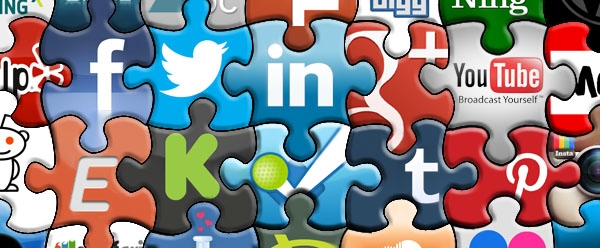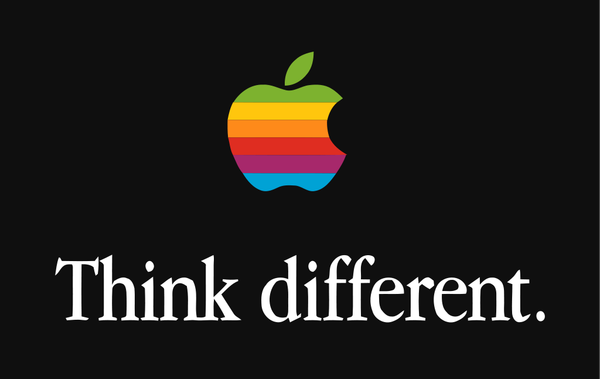As with any innovation, we are often struck with amazement as to how we went so long doing daily tasks the conventional way, when there was a better solution that offered just as much, if not more valuable in less time. Social media marketing is one of those innovations that business owners look at as the game changer, the revolutionizing method of marketing on a small or grand scale. But is SMM all that much different than old school marketing, which has dominated the advertising agency for the better part of 50 years?
When Steve Jobs created the iPod, everyone thought it would revolutionize how we listen to music, and it has. However, the groundwork was already put in place with the invention of the Walkman. Jobs innovated and improved an existing concept, and by combining that with modern technology, we’re able to access our music libraries on our phones, iPad’s and laptops. Almost every song ever written is now available, and can be bought with just a click of a button, instead of buying individual cd’s or records and frantically searching for the album. Marketing and advertising have seen the same innovation, but instead of one man changing how we communicate and reach out to customers, a group of innovators have created the world of marketing as we see it today.
Advertising in the 20th century was mainly television commercials and radio and newspaper ads. It was pretty straightforward as companies could reach consumers on a massive scale by using a variety of methods to get their messages across. Today the focus is on social media, and instead of giant corporations dominating the advertising scene, small and medium sized businesses can have just as much success as their larger counterparts.
While television, radio, and newspapers are still used today, the innovation Steve Jobs had on the music industry, is the equivalent to what Mark Zuckerberg, Kevin Systrom, and the founders of Youtube and Twitter have done to business and marketing.
One could argue that Youtube, to some degree, has taken a bite out of television advertising. The same ads we see on television are now being seen on Youtube before videos. Combine that with Facebook through sharing links, and you not only have a platform that shares videos that are in essence ads, but a micro blog that allows business owners and marketers to share important news, information, and links to persuade consumers to buy into their products. Facebook can be seen as a mini newspaper because of the ability to post short tidbits of information, while also having the capability to purchase ads to specifically target consumers who would get the most value out of what the company is selling.
Instagram and Pinterest can be used as online catalogs, zoning in on one specific product at a time. Instead of mailing out printed catalogs to a number of recipients, pictures being posted to these two platforms can capture the attention and interest of specific viewers, and with Pinterest, a link can be provided which leads the consumer right to the online store.
Podcasts can be used similar to radio. The major difference here is that companies can choose which podcasts to advertise in, leading to a higher rate of conversion. If there’s a car discussion podcast, a local or regional auto parts store or supplier could advertise, which would have more of an impact on the listeners than if that same company decided to place an ad on the radio, despite the larger listening audience. Of course, podcasting is already niche oriented to begin with, and that plays a factor into how companies use that platform to reach consumers.
Twitter is the virtual billboard. The people who are scrolling down their Twitter feed are similar to the drivers who are passing by signs on a highway. Each tweet is a quick blurb with 180 characters and a picture to go along with the message. The most important factor for companies is how to get those users to click and go to their profiles, and that comes with eye catching photos and short phrases
Social media marketing isn’t exactly a new concept, but it does however offer platforms for companies to specifically target the right consumer. Instead of 30 second television commercials, radio ads, and newspaper articles, businesses of all sizes not only can capture a consumers attention with a strong social media marketing plan, but retain them and add to the community of consumers that Facebook, Twitter, Instagram/Pinterest, and Youtube can provide. Old school marketing captures attention on a grand scale and creates short-term recognition. While SMM, if done right, captures and holds onto the consumer, if those future customers see long term value.

